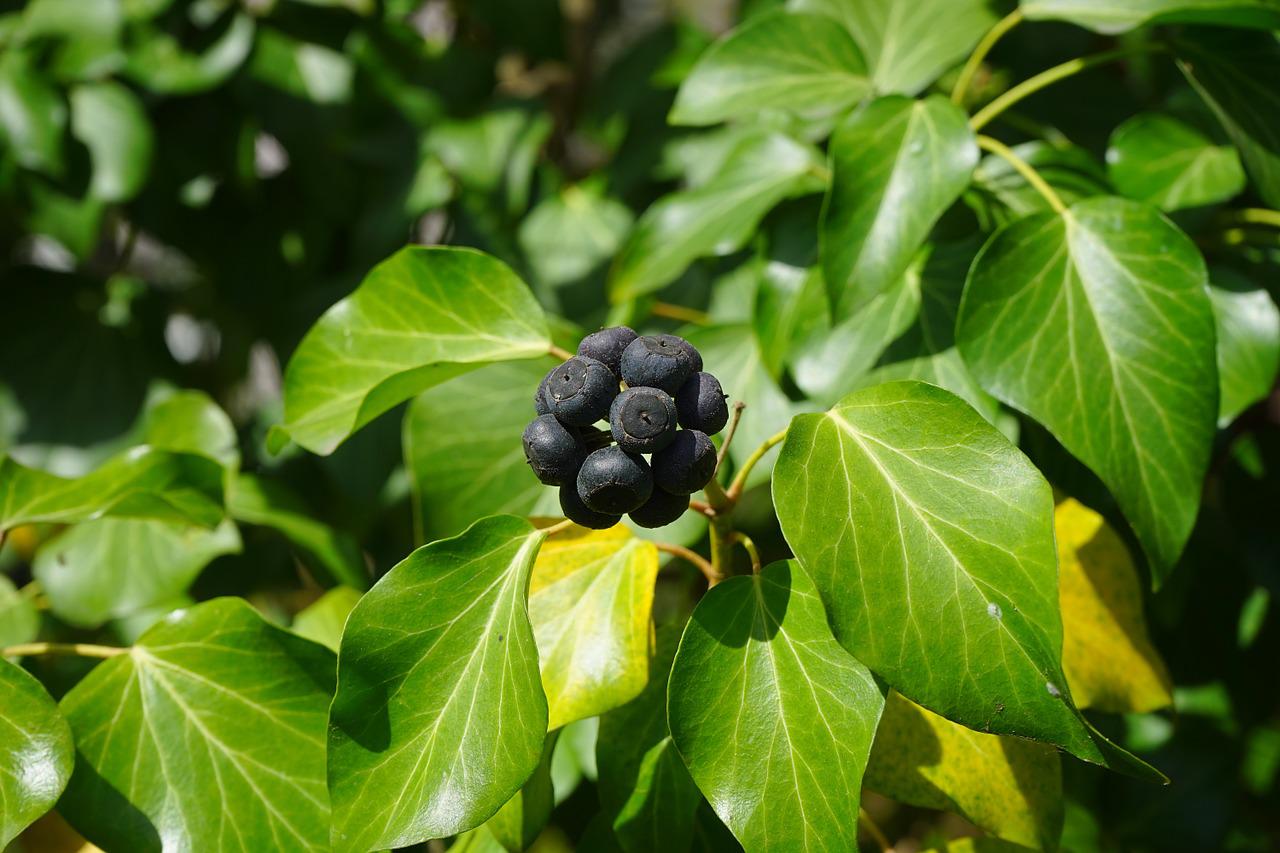Poison Ivy Plant and Remedy, These plants are some flower plants found in Europe and Asia, these plants can grow a perimeter of 5ft tall, and the fruit is regarded as a capsule, it can be considered a dangerous leaf depending on how you used it.
Poison Ivy Plant and Remedy
Poison ivy poison ivy plant and remedy is a flowering plant in the family of Lamiaceae. It is native to Europe and Asia but has been naturalised in many parts of the world. It is a fast-growing herbaceous perennial that can grow to 1.5 m (5 ft) tall. The leaves are compound with 3-6 leaflets, each serrated on the margin. The flowers are white, pink, or purple, and are produced in umbels. The fruit is a capsule.
Poison ivy is a widespread plant that may be found all over the world. Although it frequently occurs in gardens and parks, it may be a concern in natural environments.
The lily family includes poison ivy, which is related to common lilies. It has leaves with smooth edges and alternating arrangements.
The leaves can get up to 6 inches long and come in green, red, or yellow. The blooms have five petals and are tiny. A capsule-shaped fruit, the fruit might be green, red, or yellow. Although poison ivy may grow in a variety of settings, it is most frequently found in damp places like swamps.
Poison ivy Natural Remedy
Poison ivy is a common weed found in many states. The leaves and stem are covered with a resin that can cause skin irritation and even a rash. Poison ivy is not deadly, but it can cause a lot of pain if it is touched. The best way to avoid getting poison ivy is to avoid areas where it is growing. If you do get it, the best way to treat it is to wash the area with soap and water. If the rash is bad, you can apply a cream or ointment to the area.

Poison Ivy Lowes
Poison ivy is a perennial vine that can grow up to 3 meters tall, with leaves that are shiny, smooth, and divided into three leaflets. The flowers are green, and the fruits are capsules that contain the poison ivy oil. The oil can cause a rash if it comes in contact with the skin.
poison ivy blisters
Poison ivy is a plant that can cause skin irritation and blisters. The plant’s sap can contain a poison that can cause a rash and blistering on skin that comes into contact with it. Poison ivy can also cause lung inflammation, and in severe cases, can even be fatal. The best way to avoid getting poison ivy is to be aware of the plant and know the signs and symptoms of its presence. If you do get poison ivy, wash the area thoroughly with soap and water and apply a cold compress to help relieve the pain and swelling.
poison ivy leaves
Poison ivy (Rhus toxicodendron) is a flowering plant that can cause skin irritation and even allergic reactions. The leaves of this plant are covered with tiny, sharp, oil-containing spikes. The plant grows in U.S. Department of Agriculture plant hardiness zones 4 through 9, but is not native.
Summay
Poison Ivy Plant and Remedy, These plants are some flower plants found in Europe and Asia, these plants can grow a perimeter of 5ft tall, and the fruit is regarded as a capsule, it can be considered a dangerous leaf depending on how you used it.

